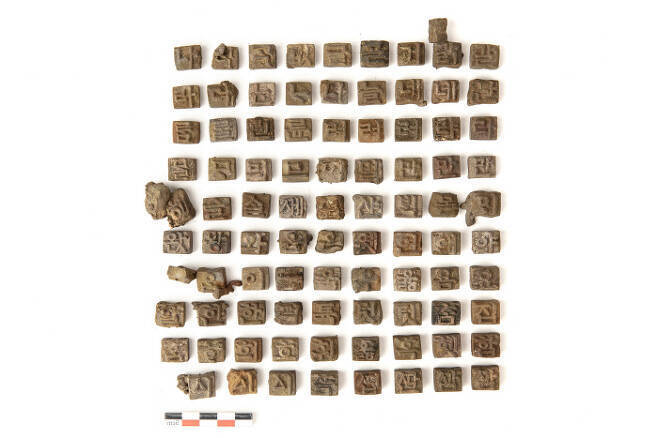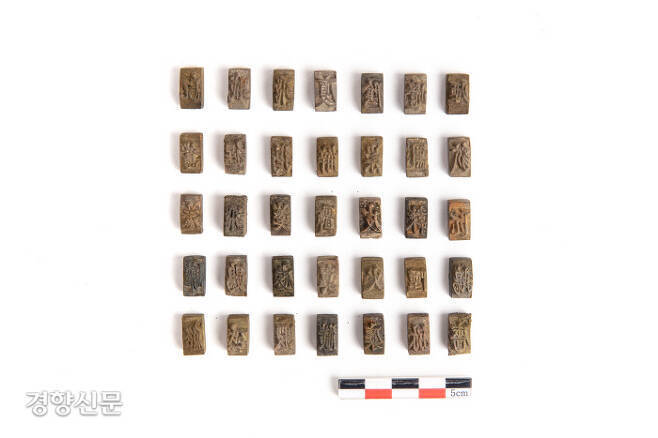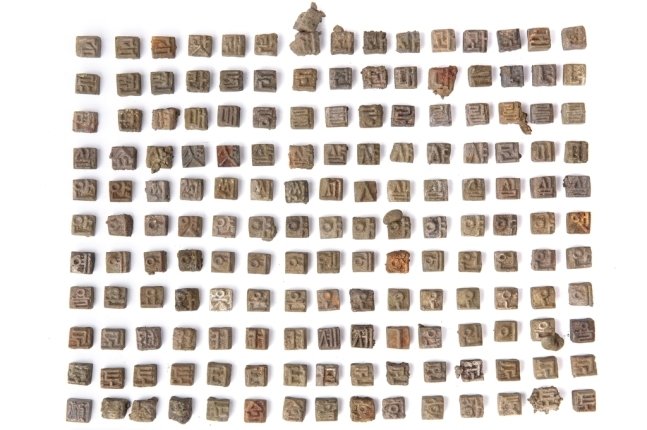


During the invention of Hunminjeongeum, the first Korean metal type using Dongguk Jeongun style notation was found in the center of Hanyang. They also discovered the astronomical clock estimated during the reign of King Sejong, the main water clock estimated during the reign of King Sejong and King Jungjong, and the Führer, a small firearm. It is a data that will gauge the aftermath of the creation of Hangeul, printing technology at that time, and the reality of science and technology during the Joseon Dynasty. Researcher Lee Ha of the Capital Culture Research Institute announced on the 29th, “We discovered 1,600 Korean and Chinese metal types of various sizes produced during the early Joseon Dynasty, copper plates, bead emitters, and Ilsung Jeong-si, a day and night astronomical clock made by Sejong.”
The meaning of the excavation of Korean metal types is that they have identified the names of Dongguk Jeongunsik, such as ‘,, ‘,, and ‘. !lt Dongguk Jeongun’s authentic!gt is a book published in 1448 by Sin Sook-ju, Choe Hang, and Seong Sam-mun under the royal command during the reign of King Sejong. It was used to write Chinese characters. There are also about 10 types of musical types that are frequently used between Chinese characters, including ‘Igo’ and ‘Hangul To’ cast at once. The researcher said that it was the earliest type of Korean metal to reflect the writing of Hunminjeongeum was created in Hunminjeongeum was created. Of the 1,600 metal types excavated, there are about 580. It is estimated to be the year 1434 of King Sejong’s Gapinja, 20 years earlier than the year 1455, the oldest Chinese metal type in existence. Jang Young-sil and others participated in the production of Gapinja. If the “estimated power factor” is identified as the power factor through further research, the institute will become an important physical data consistent with various historical sources and records of the Joseon Dynasty. Gutenberg’s printing period, earlier than around 1450, is only a printed copy, and if confirmed, it will be the first to obtain both a printed copy and a metal type.